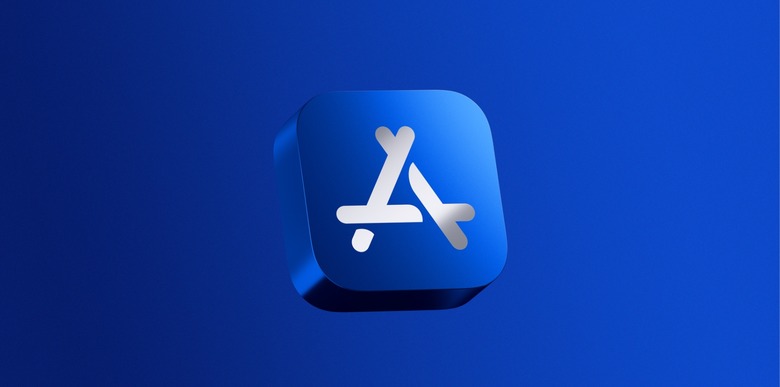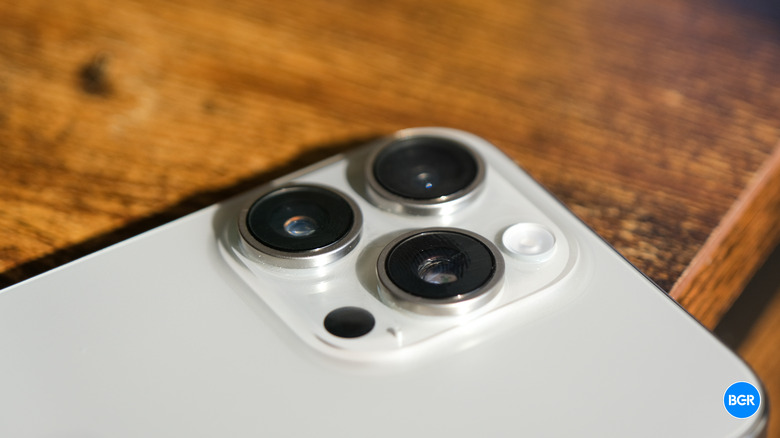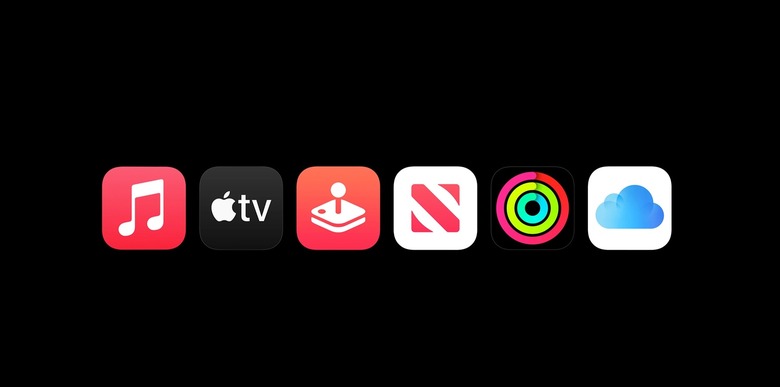Should We Rethink The Subscription Model For Almost All iPhone Apps?
A few years ago, Apple made an important change highlighting the benefits of subscription-based apps by cutting half the taxes charged by the second year of a subscription. In a moment where most apps were free or had a one-time purchase method, it became better for developers to charge a monthly subscription than relying on a single purchase. It also helped Apple generate more money from the App Store.
But while a few years ago, we mostly only paid for Netflix, Spotify, and iCloud, almost all apps available now rely on subscriptions. With that, not only does it seem harder as a customer to know where to get the real benefits, but I don't think we can keep paying for more and more subscriptions just to get rid of ads or to get a main feature of an app.
The most recent case of subscriptions going wrong is Filmic. As reported by PetaPixel, Bending Spoons, owner of Filmic, laid off all the staff. Although it's unclear what happened, it's possible that the subscription-based method didn't go well, especially due to the Blackmagic Camera app, which offers several Filmic features for free.
A quick recap of Filmic's rise and fall
Filmic was one of the most interesting iPhone camera apps, unlocking non-existent features on the default Camera app for the iPhone. Over the years, every time there was a main iPhone camera change, the developers were quick to add them.
Users were happy with just a one-time purchase and found real benefits with this application. Then, by the end of 2022, Filmic announced that Bending Spoons had acquired it, and its business model would go from a license to a subscription-based version. Those who bought the app before the acquisition would continue to have access to the previous features, but for the new ones, they would have to pay for a subscription.
Long story short, tiers were too priced, and users became unhappy. After the last major update in 2022, the app slowed down new functions, with the last one being available this October with Apple LOG compatibility – but no external SSD support.
On the other hand, with Blackmagic launching in September, it quickly became one of the top apps for filmmakers, and even Apple started to heavily promote this app by using it to record its last keynote of the year and some of its most recent ads.
It's unclear if the rise of one app necessarily means the downfall of the other, but news about this layoff makes me think we should change how we approach subscriptions.
Should subscriptions die?
I don't think subscriptions should die. As a matter of fact, I think, in some cases, it is a commitment between the user and the developer, as the customer shows their support for the app while the developer keeps improving it.
Also, I feel like offering the possibility of the user paying for a lifetime license is also pretty beneficial, as long as the price is not obscene. Ultimately, it all depends on the developer understanding what's their public and the customer deciding if spending money monthly/annually is worth it.
For example, I love Pixelmator apps. I bought the macOS version of Pixelmator Pro, and I was very happy when they offered Photomator for free for the iPhone, as I was an existing buyer of their app. For the macOS counterpart, which is subscription-based, they offered me a discount on the first year, but I can test the app for free for ten photos.
If I edited that many photos, I would definitely – and happily pay – for the subscription. But, at this moment, I feel like Pixelmator Pro for macOS and Photomator for iPhone offer everything I need. That way, I don't feel disrespected as a customer and know I'm still supporting their great work.
The same is worth it for Goodnotes, for example. I've purchased Goodnotes 5. I could switch to Goodnotes 6 and pay a subscription, but I don't think my usage requires their new features. Still, they let me keep the existing functions – and it's fine.
Wrap up
With so many subscriptions available – whether for streaming, apps, or storage – I think it's time for us, as customers, to rethink the need for all these subscriptions. And specifically about apps that don't include streaming or storage, we should understand that developers don't need to work forever on an app.
As the mantra goes, don't buy a product for the features it could have but for the functions it does. That said, if more features arrive, good for us, but let's start buying software for what it is – and let developers move to new projects as well.


